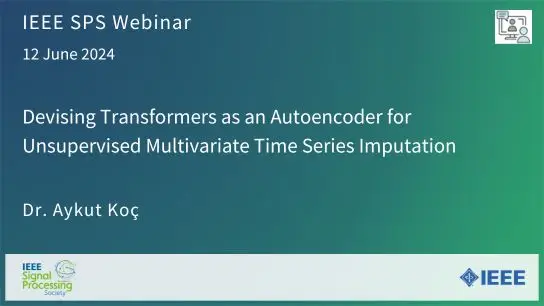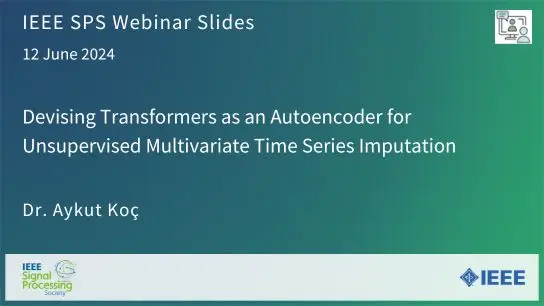A METHOD FOR DETECTING CORONARY ARTERY DISEASE USING NOISY ULTRASHORT ELECTROCARDIOGRAM RECORDINGS
Orestis Apostolou, Vasileios Charisis, Georgios Apostolidis, Leontios J. Hadjileontiadis
-
Members: FreeSPS
IEEE Members: $11.00
Non-members: $15.00Length: 00:11:59
12 May 2022
The current study aims at creating an algorithm able to detect Coronary Artery Disease (CAD), using ultrashort (duration of 30 seconds) one-lead ECG recordings. The presented method is designed to allow both electrode and noisy recordings (deriving from a smartwatch) as input. This is achieved by using an Autoencoder neural network, which inspects the quality of each recording. The algorithm's core is a Support Vector Machine (SVM) model, which evaluates each patient's recordings and predicts whether they indicate CAD. Using statistics and combining the models mentioned above, a light, reliable, easy to use predicting system is created, suitable for deployment in a mobile application, which uses a smartwatch as its recording tool.



